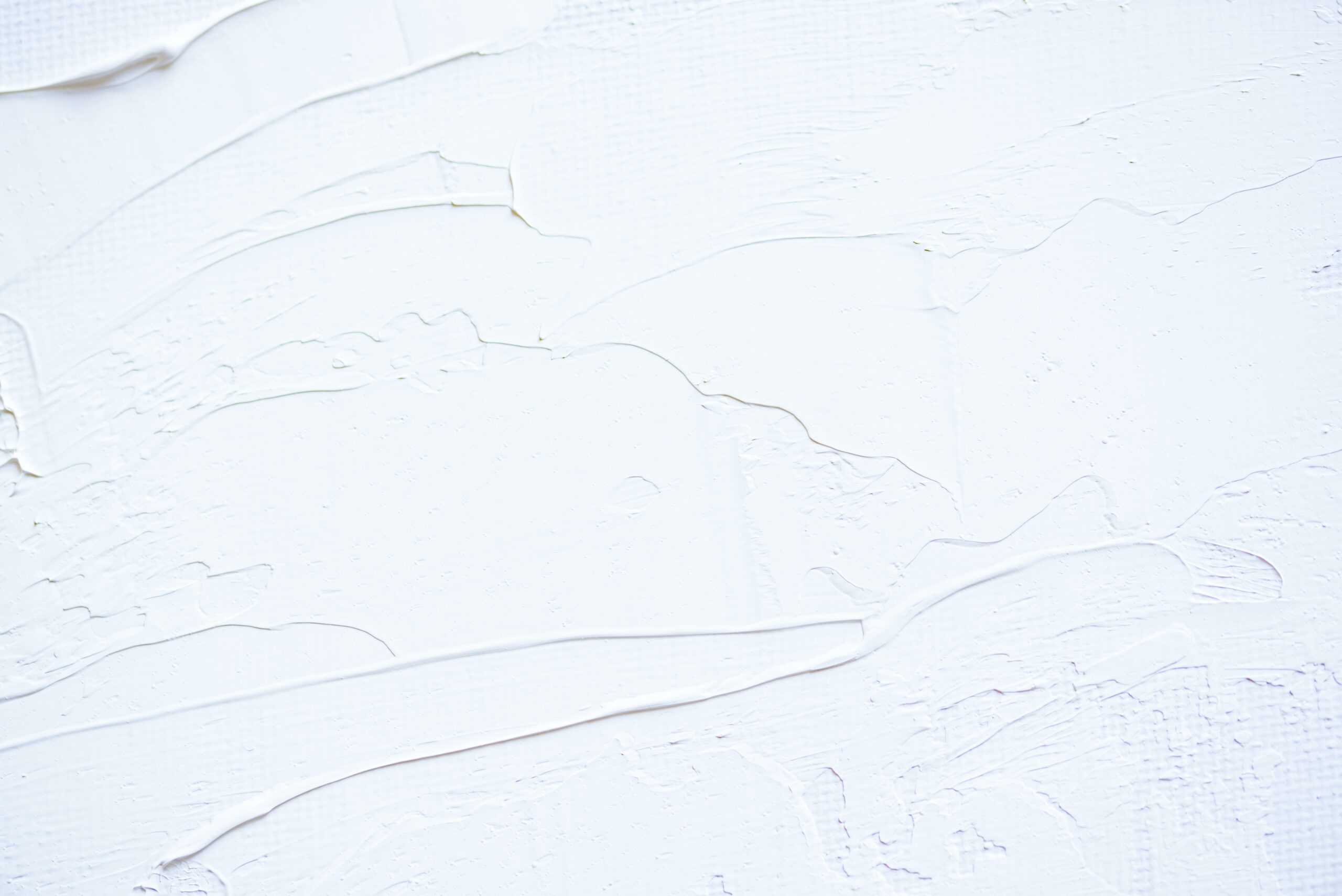So you’ve heard about satin acrylic paint and are curious to know more? Satin acrylic paint is a popular type of paint that offers a unique finish for your artistic creations. Known for its smooth and velvety appearance, it falls in between a glossy and matte finish. With its light-reflecting qualities, this type of paint adds depth and dimension to your artwork, giving it a professional and polished look. Whether you’re a seasoned artist or just starting out, satin acrylic paint is a must-try medium that allows you to achieve stunning results.
What Is Satin Acrylic Paint
Satin acrylic paint is a type of acrylic paint that has a satin or semi-gloss finish. It is known for its smooth and lustrous appearance, which falls between a matte and a glossy finish. This type of paint is a popular choice among artists, homeowners, and DIY enthusiasts due to its versatility and beautiful finish.
Definition
Satin acrylic paint is a water-based paint that is made from a blend of acrylic polymer emulsion, pigment, water, and other additives. The acrylic polymer emulsion acts as the binder, allowing the paint to adhere to various surfaces. The pigment provides color, while other additives are included to enhance properties such as viscosity and durability.
Composition
The composition of satin acrylic paint typically consists of approximately 50-60% water, 20-30% acrylic polymer emulsion, and 10-20% pigment. The remaining percentage includes various additives such as fillers, surfactants, and flow agents. The water content allows for easy application and cleaning up, while the acrylic polymer emulsion and pigment work together to provide a smooth and even finish.

This image is property of images.unsplash.com.
Features
Satin acrylic paint offers several features that make it a popular choice among artists and DIY enthusiasts. Firstly, it is highly versatile and can be used on a wide range of surfaces, including canvas, wood, metal, and even fabric. It provides excellent coverage and is known for its vibrant and long-lasting colors.
Another notable feature is its ease of use. Satin acrylic paint dries quickly, allowing artists to build up layers or work on multiple projects without having to wait excessively for drying time. It is also compatible with various mediums, allowing for experimentation and the creation of unique textures and effects.
Additionally, satin acrylic paint is known for its durability. Once dry, it forms a protective layer that is resistant to fading, chipping, and cracking. This makes it suitable for both indoor and outdoor applications, as it can withstand exposure to sunlight, moisture, and other environmental factors.
Advantages
Satin acrylic paint has several advantages that make it a preferred choice for many individuals. Firstly, its satin finish provides a subtle and elegant look, making it suitable for both modern and traditional aesthetics. It offers a smooth and lustrous appearance that is less reflective than a glossy finish, but still provides a slight sheen that enhances colors and details.
Another advantage of satin acrylic paint is its ease of application. It can be applied with brushes, rollers, or even airbrushes, allowing for various techniques and styles. It also has good flow and leveling properties, minimizing brush marks or uneven textures. cleanup is a breeze, as it can be easily washed off with water, eliminating the need for harsh solvents.
Furthermore, satin acrylic paint offers excellent color retention. It is fade-resistant and does not yellow over time, ensuring that your artwork or painted surfaces retain their vibrancy and beauty for years to come. It also allows for easy color mixing, enabling artists to create custom shades and gradients to suit their artistic vision.

This image is property of images.unsplash.com.
Disadvantages
While satin acrylic paint has numerous advantages, it is essential to consider its disadvantages as well. One of the biggest drawbacks is its relatively lower level of gloss compared to a high-gloss finish. If you are looking for a paint with a significant reflective quality or a mirror-like shine, satin acrylic paint may not be the best choice for your project.
Another disadvantage is that satin acrylic paint may not be as durable as some other paint finishes, such as gloss or enamel. While it provides a protective layer, it may not hold up as well to heavy wear and tear, particularly in high-traffic areas. In such cases, a more robust paint option may be more suitable.
Additionally, satin acrylic paint may require multiple coats for complete coverage, especially when painting over a dark or contrasting color. Although this can be achieved with proper layering and technique, it is worth considering the additional time and resources required for such applications.
Common Uses
Satin acrylic paint is widely used in various applications, ranging from fine art to home improvement. In the realm of fine art, it is often the preferred choice for painting on canvas, as it offers a versatile and vibrant medium for both professional and amateur artists. Its ease of use and compatibility with other art supplies make it popular for techniques such as blending, glazing, and impasto.
In home improvement, satin acrylic paint is commonly used for interior and exterior projects. It can be applied to walls, furniture, trim, and even decorative elements such as accent walls or murals. Its durability and resistance to fading make it suitable for high-traffic areas, such as hallways, kitchens, and bathrooms. Satin acrylic paint can also be used to revitalize old or worn-out surfaces, providing a fresh and updated look.

This image is property of images.unsplash.com.
Application Techniques
When applying satin acrylic paint, there are a few techniques that can help achieve desired results. For brush applications, it is recommended to use a high-quality synthetic brush that is appropriate for acrylic paints. Using a brush with the appropriate size and shape for your project will help ensure smooth and even coverage.
Roller applications are suitable for larger surfaces or when a consistent texture is desired. It is essential to choose the proper roller nap, considering the texture of the surface being painted. Shorter nap lengths are suitable for smooth surfaces, while longer nap lengths are better for textured surfaces.
For those looking to achieve more intricate or unique effects, airbrushing can be a great technique. Airbrushing allows for fine control over the paint flow and creates a smooth and even finish. It is often used for automotive painting, illustration, or creating gradients and special effects.
Drying Time
One of the advantages of satin acrylic paint is its relatively fast drying time. On average, it dries to the touch within 20-30 minutes, depending on factors such as ambient temperature and humidity. However, it is important to note that drying time may vary based on the thickness of the paint layer and the specific brand or formulation used.
While satin acrylic paint may be dry to the touch within minutes, it is recommended to wait at least 24 hours before applying a second or subsequent coat. This allows ample time for the paint to fully cure and form a strong bond with the surface. It is also important to consider that thicker layers or multiple coats may require longer drying times.

Finishing
Once your satin acrylic paint has dried, it is essential to consider the finishing touches. While satin paint offers a subtle sheen, it can also be layered with a clear varnish or topcoat to enhance durability and shine. Applying a clear coat on top of the paint can provide additional protection against scratches, UV damage, and moisture.
When choosing a clear coat or varnish, it is important to select one that is compatible with acrylic paint. Some clear coats may yellow over time or react adversely with the paint, so it is always recommended to test a small area before applying it to the entire painted surface.
Care and Maintenance
To ensure the longevity and beauty of your satin acrylic paint projects, it is important to follow proper care and maintenance practices. Regular cleaning with a soft, damp cloth or sponge will help remove dust or dirt without damaging the finish. Avoid using abrasive cleaners or scrubbing too vigorously, as this can potentially dull or scratch the surface.
If the painted surface becomes stained or requires deeper cleaning, mild soap and water can be used. It is important to spot test the cleaning solution in an inconspicuous area to ensure it does not cause any adverse reactions or damage to the paint.
Lastly, it is important to store any leftover satin acrylic paint properly. Ensure the container is tightly sealed to prevent drying out, and store it in a cool and dry place. Avoid exposing the paint to extreme temperatures or direct sunlight, as this can degrade its quality over time.
In conclusion, satin acrylic paint is a versatile and beautiful paint finish that offers a subtle sheen and excellent color vibrancy. It is easy to use, compatible with various surfaces, and provides a durable finish. Whether you are a professional artist or a DIY enthusiast, satin acrylic paint is a fantastic choice for a wide range of projects. By following the appropriate application techniques and care practices, you can enjoy the lustrous beauty of satin acrylic paint for years to come.




